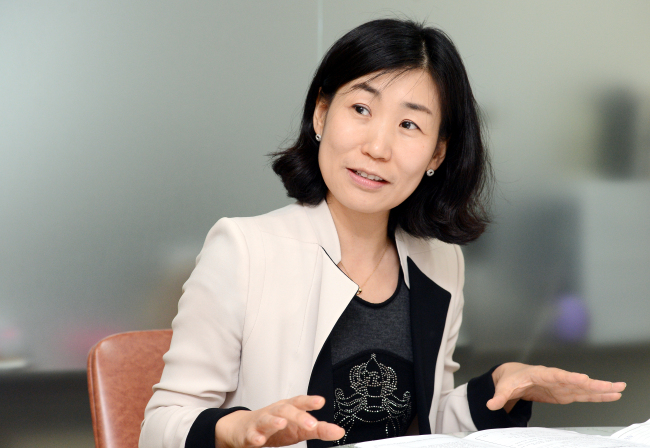The program, however, lacks social recognition.
“It is not much better than the early days, but many people including the parents of the disabled have prejudices or negative views on leaving them alone,” Kim said.
Even welfare authorities cast doubt on the program at first in the early ‘90s when the program was first suggested in welfare policies.
“The group home program was too progressive or ahead of the times when I started working at a welfare center in 1992,” Kim said.
The head of the center who was progressive and proactive suggested that the government adopt the group home. His suggestion was rejected several times.
Parents of mentally challenged people also doubted the efficacy of sending their kids to the home.
After field research in Japan where group home programs had already started, Seoul Metropolitan Government became the first local government in the nation to run group home facilities. There were only four places in the city then, but there are now 170 group homes in Seoul, and approximately 600 nationwide.
Kim became the director of the Seoul Group Home Support Center, which was officially founded in 2006, in recognition of her experience and expertise.
Before the foundation of the center, group home programs had been run and managed by welfare facilities.
She felt being the chief of staff was difficult at first, since the center has to do everything on its own, such as accounting, running programs and operating vehicles for the disabled. The center struggled, just like the disabled usually do when they first start living independently, she said. But six years after its start, the center has grown up and settled down.
The independent home, an advanced type of group home where each resident has his or her own room, has less involvement from social workers. Residents receive help only when they ask. And Kim’s 2009 research on the seven residents at a facility in Yongsan showed encouraging results.
All of them said they were satisfied with the living conditions and felt more confident even though they still needed systematic help and social workers’ support in some cases.
Most residents at the independent home now have jobs working as nursing assistants, bakers and package deliverers.
“They are thankful that they can work even though the work could be insignificant from other people’s perspectives,” Kim said.
“Personally, I got to know about the group home while I was preparing for my graduation paper in university with two other students,” Kim said.
They did a survey on how much welfare facilities know about the group home program. They made phone calls, sent letters and paid visits to facilities across the nation.
The result was few knew about it.
Kim, who has four sisters and a brother, said she naturally learned about sharing with others. She recalled the small attic in her family’s one-bedroom house. Only one of the five siblings could use the attic when there was a school test. The five also had to share other things like crayons.
But it was at school where she first learned to care for the disabled.
“My homeroom teacher at elementary school wanted me to sit next to a friend who was mentally disabled and take care of him,” Kim said.
“Taking care of people in need came naturally to me.”
It is very encouraging to see how well the residents of the group home live, she said.
Kim accompanied dozens of the residents to China in the third week of September. They were able to go to the airport and make it back home by themselves.
“Now they take care of me. I had a runny nose due to a cold. They asked me if I was okay. And in Bejing, they tipped a rickshaw driver,” Kim said with a smile.
The group home still falls behind compared to those in Japan and European nations where there is no shortage of social workers.
“The person who lives with the disabled should do everything from A to Z. There should be more personnel to increase the quality of the services,” Kim said.
Many workers start out passionate and motivated at first, but then become exhausted from the administrative work that goes along with taking care of the disabled.
They get stressed out from the work, and relationship conflicts with the residents and their parents. However, the center tries to reduce their work load and stress by helping them learn how to do their job quickly and providing different types of therapy.
Even though the group home is still facing many difficulties, Kim proudly said it will be remembered and its importance will be recognized.
Seoul City filmed the group home, its workers and residents when celebrating 600 years of its establishment in 1994. The film is being sealed in a time capsule which will be opened at the 1,000-year anniversary of the city’s foundation.
Choi Oi-sook, a female resident who left the independent home because of work on Sept. 26, gave Kim a letter in which she said: “I feel like there is nothing I cannot do now. You are a great and beautiful person.”
By Kim Young-won (
wone0102@heraldcorp.com)








![[Today’s K-pop] Blackpink’s Jennie, Lisa invited to Coachella as solo acts](http://res.heraldm.com/phpwas/restmb_idxmake.php?idx=644&simg=/content/image/2024/11/21/20241121050099_0.jpg)